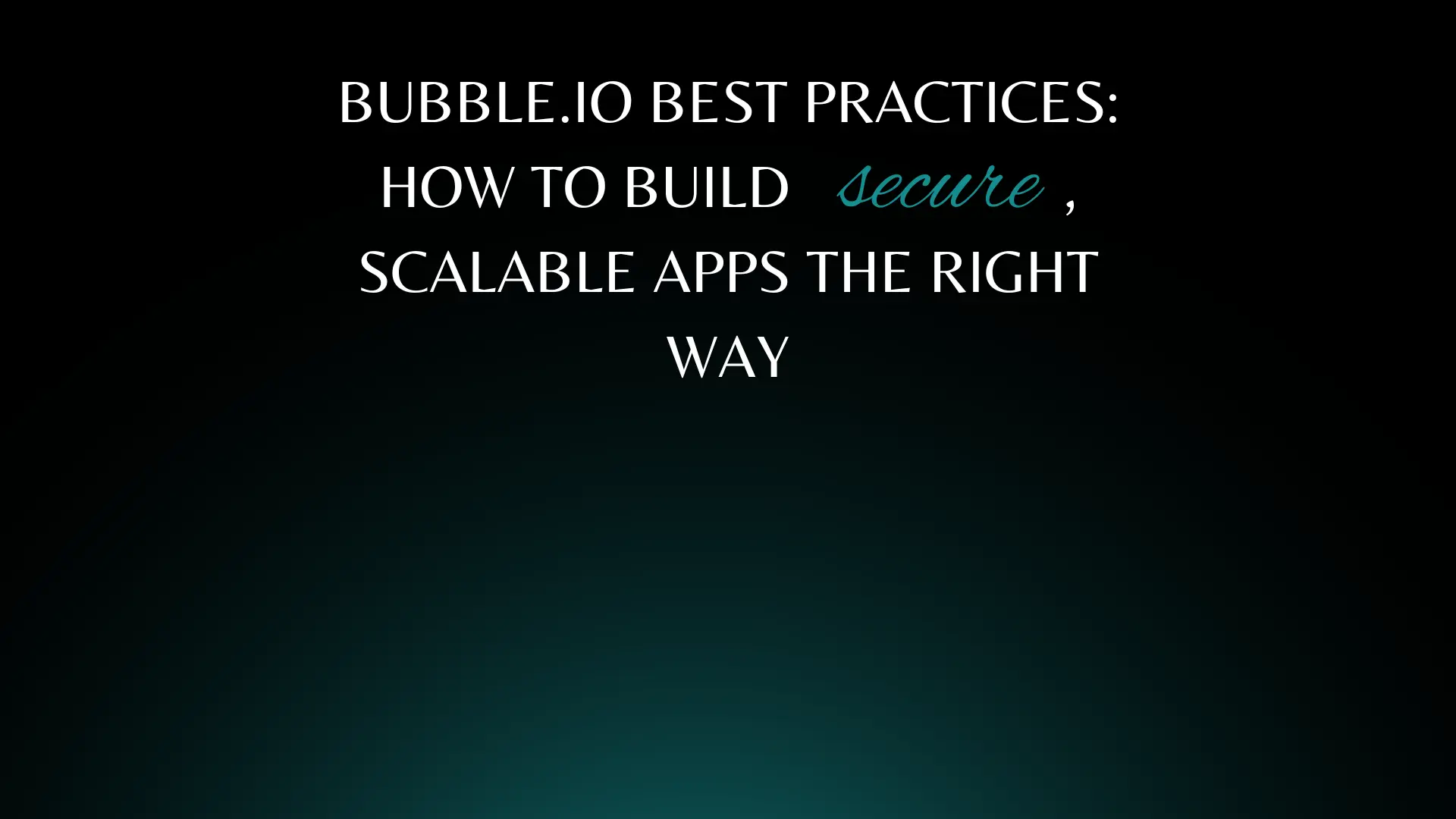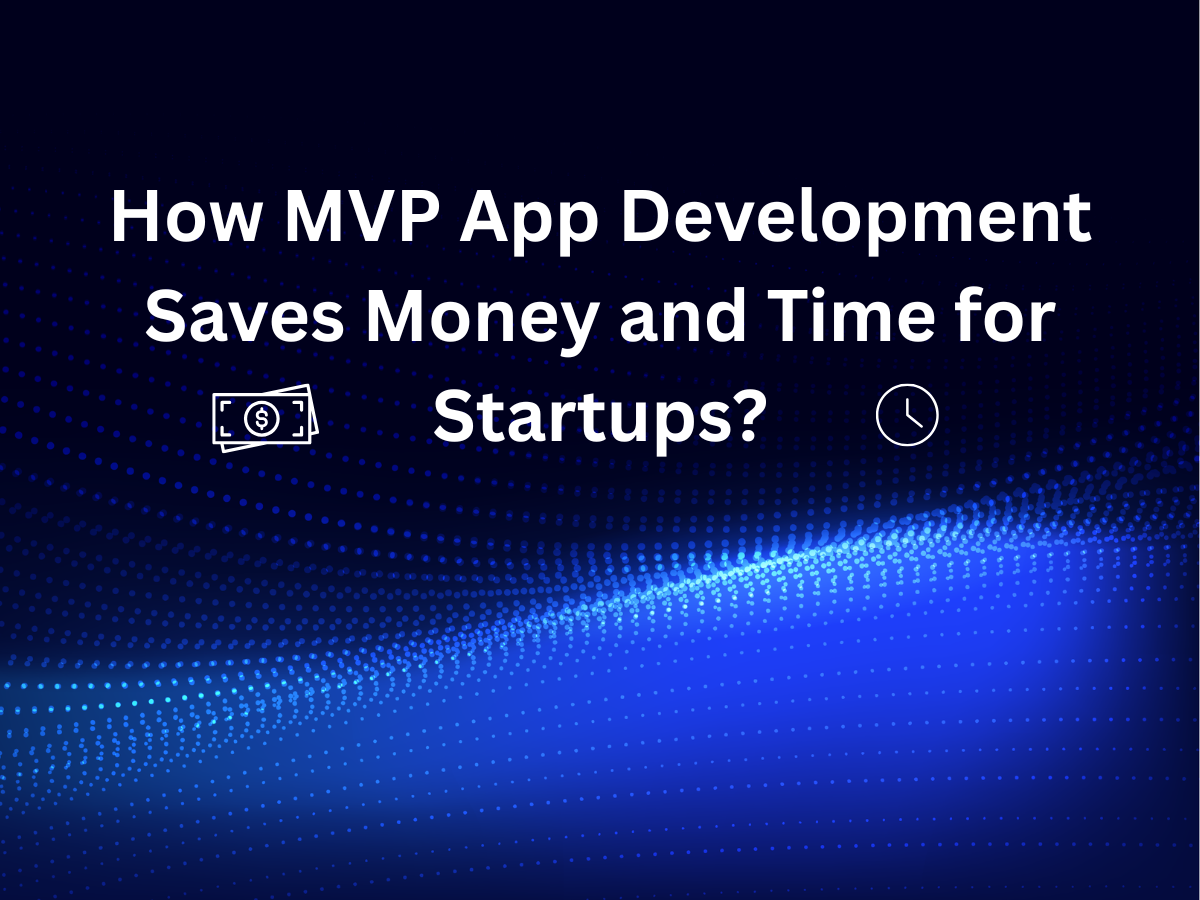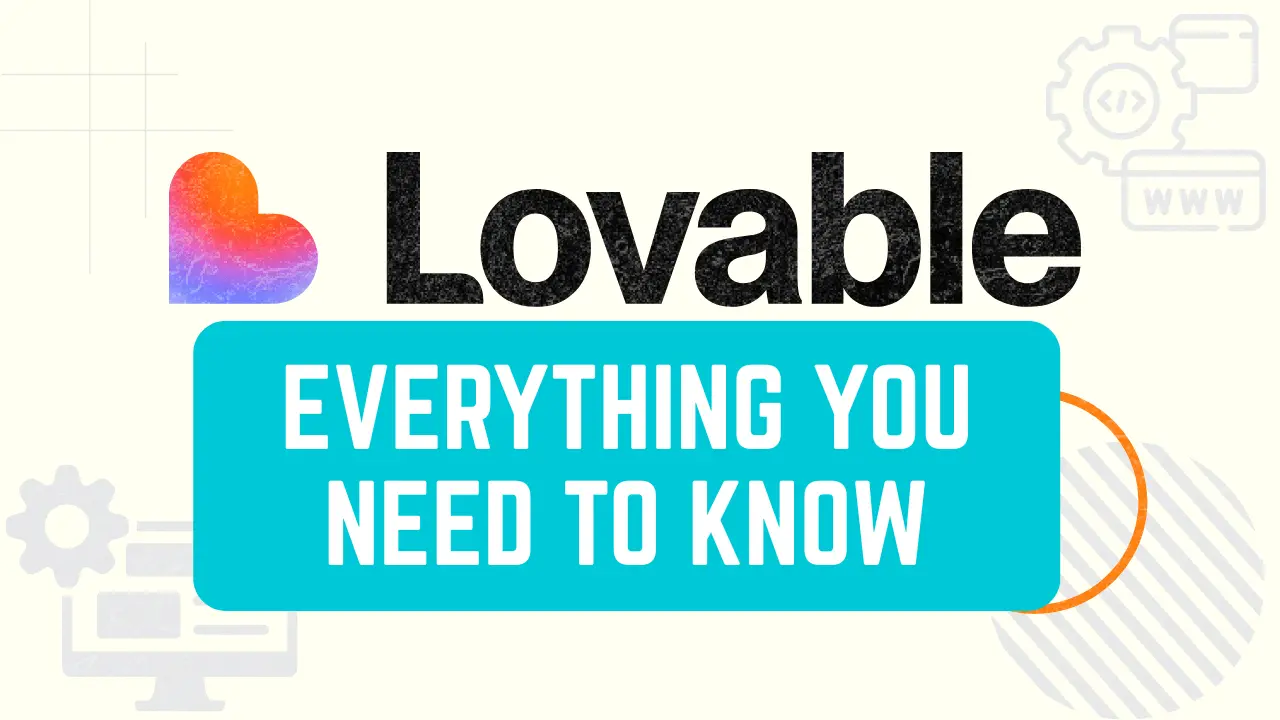
In a world where technology is advancing at an unprecedented rate, the demand for mobile and web applications is soaring. Whether you have a brilliant app idea or want to streamline your business processes with a custom app, the ability to create an application without writing code can be a game-changer. One such platform that empowers you to do just that is FlutterFlow. In this blog, we'll explore how you can build a no-code app using FlutterFlow.
No-code is a software development approach that enables anyone to build applications without writing code. It uses visual interfaces and drag-and-drop tools to make it easy to create and deploy applications.No-code platforms are used to build a wide variety of applications, including websites, mobile apps, business process automation tools, and more. They are often used by non-technical users, such as entrepreneurs, business analysts, and marketers, to build applications that meet their specific needs.
No-code offers a number of benefits, including:
No-code is a rapidly growing trend, and it is likely to play an increasingly important role in software development in the future.
FlutterFlow is a low-code/no-code development platform for building native mobile apps with Flutter. It provides a visual interface and drag-and-drop tools that allow users to create their app's UI and logic without writing any code. FlutterFlow also integrates with Firebase, making it easy to connect your app to live data and backend services.FlutterFlow is a popular choice for developers of all skill levels, from beginners to experienced professionals. It is also a good choice for businesses and entrepreneurs who want to build apps without having to hire a team of developers.
To build a no-code app using FlutterFlow, follow these steps:
Before you begin your no-code app-building journey with FlutterFlow, follow these steps:
i.Sign Up: Start by signing up for a FlutterFlow account. You can choose from different pricing plans, including a free tier with basic features.
ii.Create a New Project: After signing in, create a new project. You'll be prompted to choose a project name and specify the target platform (e.g., mobile, web).
iii.Design Your App: Use FlutterFlow's intuitive visual design tools to craft your app's user interface. You can drag and drop elements, set up layouts, and customise styles to match your vision. This visual approach makes it easy for beginners to get started.
Once you are signed in, click the "Create New Project" button. You can then choose to start from a template or from scratch. If you are new to FlutterFlow, it is recommended to start with a template. Templates provide a pre-built app that you can customise to your needs.
FlutterFlow provides a library of pre-built widgets and components that you can use to design your app's UI. To add a widget or component, simply drag and drop it onto the canvas. You can then customise the widget's properties, such as its size, colour, and text.
Actions are things that happen in your app, such as navigating to a different screen or displaying an alert message. Events are things that the user does, such as tapping a button or swiping the screen.
To add logic to your app, you need to create actions and events. To create an action, click the "Add Action" button and select the action that you want to create. To create an event, click the "Add Event" button and select the event that you want to create.
Once you have created an action or event, you need to connect it to a widget or component. To do this, click the widget or component and select the action or event that you want to connect it to.
Building an app isn't just about design; it's also about functionality. With FlutterFlow, you can add powerful features without writing code.
1.Add Interactions: Define interactions and behaviours for your app's elements. For example, you can set up button clicks to navigate between pages or trigger specific actions.
2.Connect Data Sources: Integrate your app with external data sources. FlutterFlow supports connections to databases like Firebase, APIs, and services such as Airtable, making it a breeze to populate your app with dynamic content.
3.User Authentication: Implement user authentication effortlessly. You can set up user registration, login, and user management features, all without coding.
Once you've designed your app and added functionality, it's time to test your creation.
Preview Mode: FlutterFlow offers a built-in preview mode that allows you to interact with your app just as end-users would. This enables you to catch any issues and make necessary adjustments.
In today's multi-device world, it's crucial to ensure that your app works seamlessly across various screen sizes. FlutterFlow makes this easy.
Use FlutterFlow's Responsive Design features to ensure your app adapts to different screen dimensions, from mobile phones to tablets and desktops.
Once you've built and tested your app, it's time to launch it into the world.
Deployment: FlutterFlow allows you to publish your app on the web or as native applications for iOS and Android. You can also export the code if you ever want to work with developers or make custom changes.
Building the app is just the beginning. To reach your target audience and ensure your app's success, follow these steps.
1.Promotion: Create a marketing plan to promote your app through various channels, including social media, websites, and email marketing.
2.User Feedback: Keep an open line of communication with your users and gather feedback. Address any issues promptly, and consider adding features that users request.
3.Analytics: Implement analytics tools to monitor user behaviour and app performance. This data will help you make informed decisions about updates and improvements.
With FlutterFlow, you can build a no-code app without any prior coding experience. By following the steps above, you can create a beautiful and functional app that you can share with the world.

Learn Bubble.io best practices used by US teams to build secure, scalable, high-performance no-code applications.
Read More
Build Less, Learn More: MVP App Development for Smart Startups.
Read More
What is Lovable AI? Full guide to the AI app builder that turns prompts into apps. Learn features, use cases, and tips for AI-powered app development.
Read More